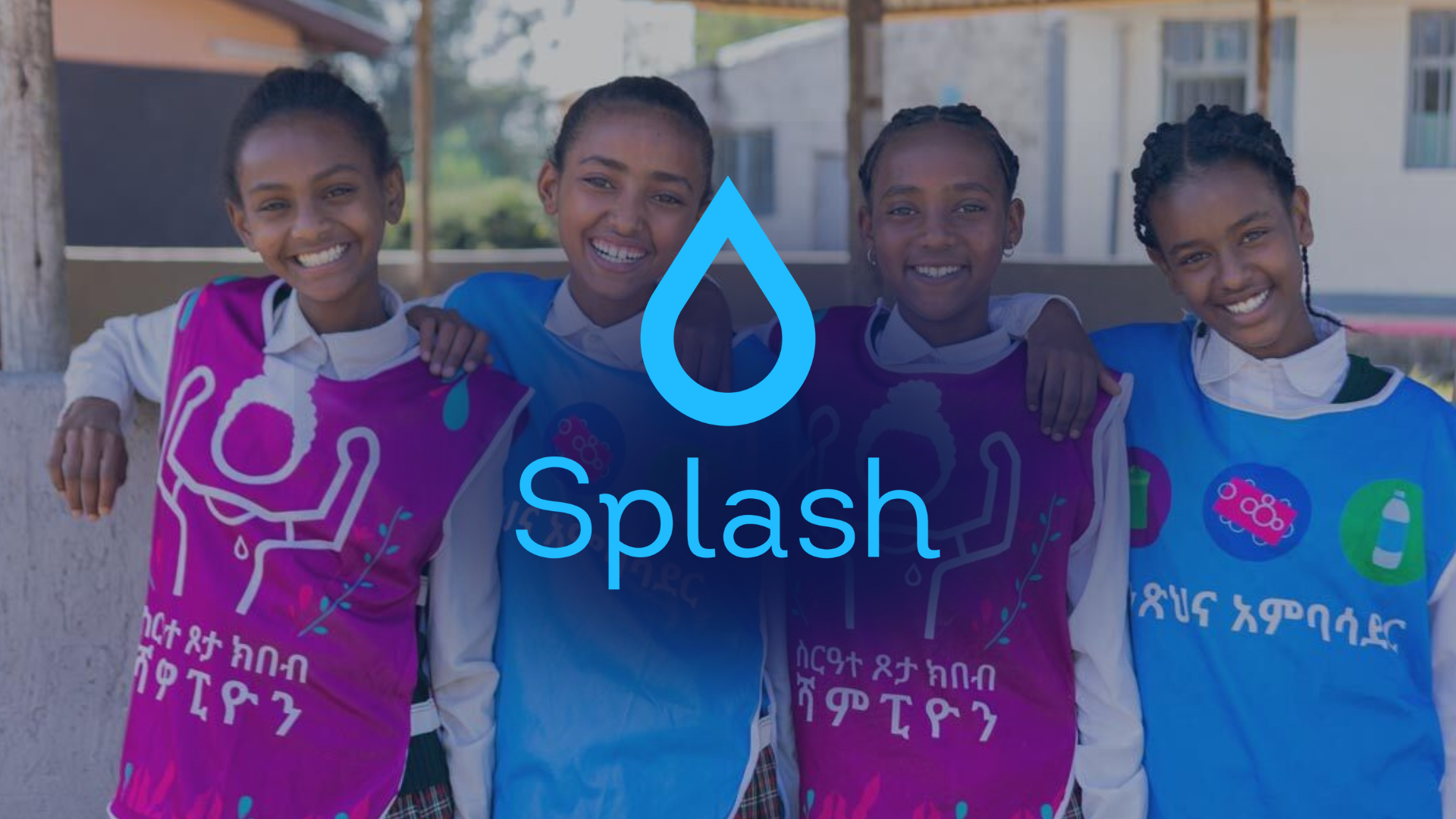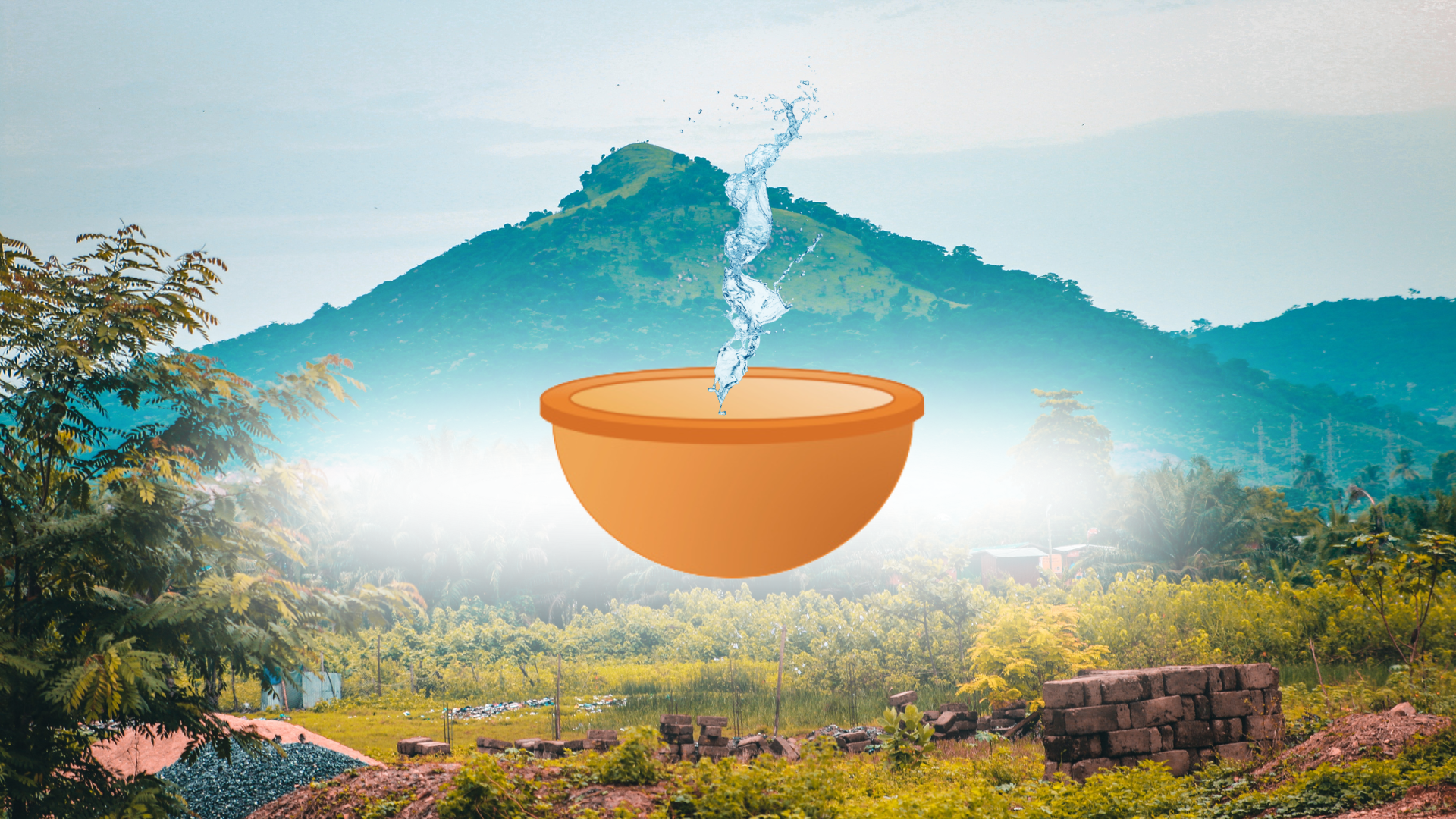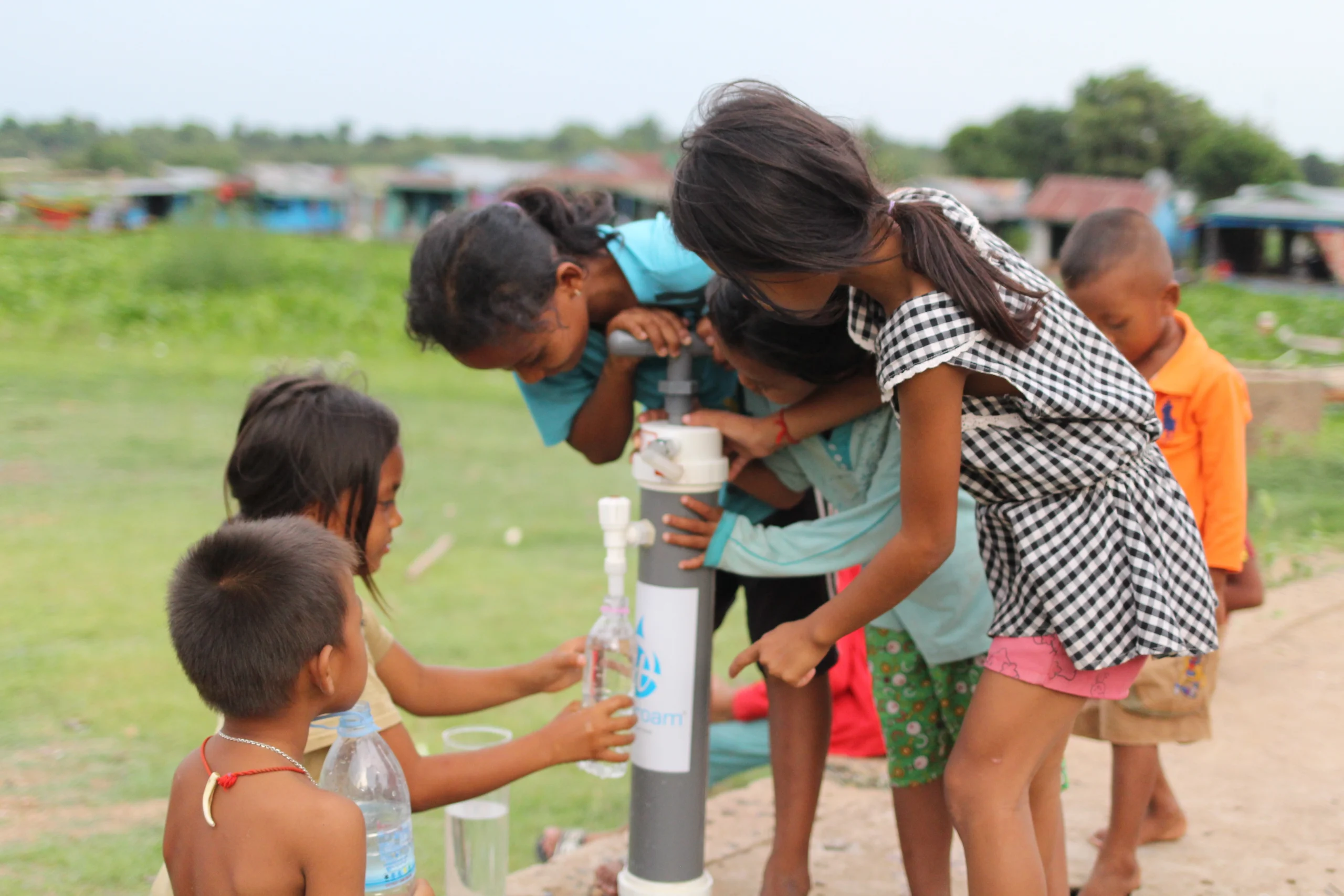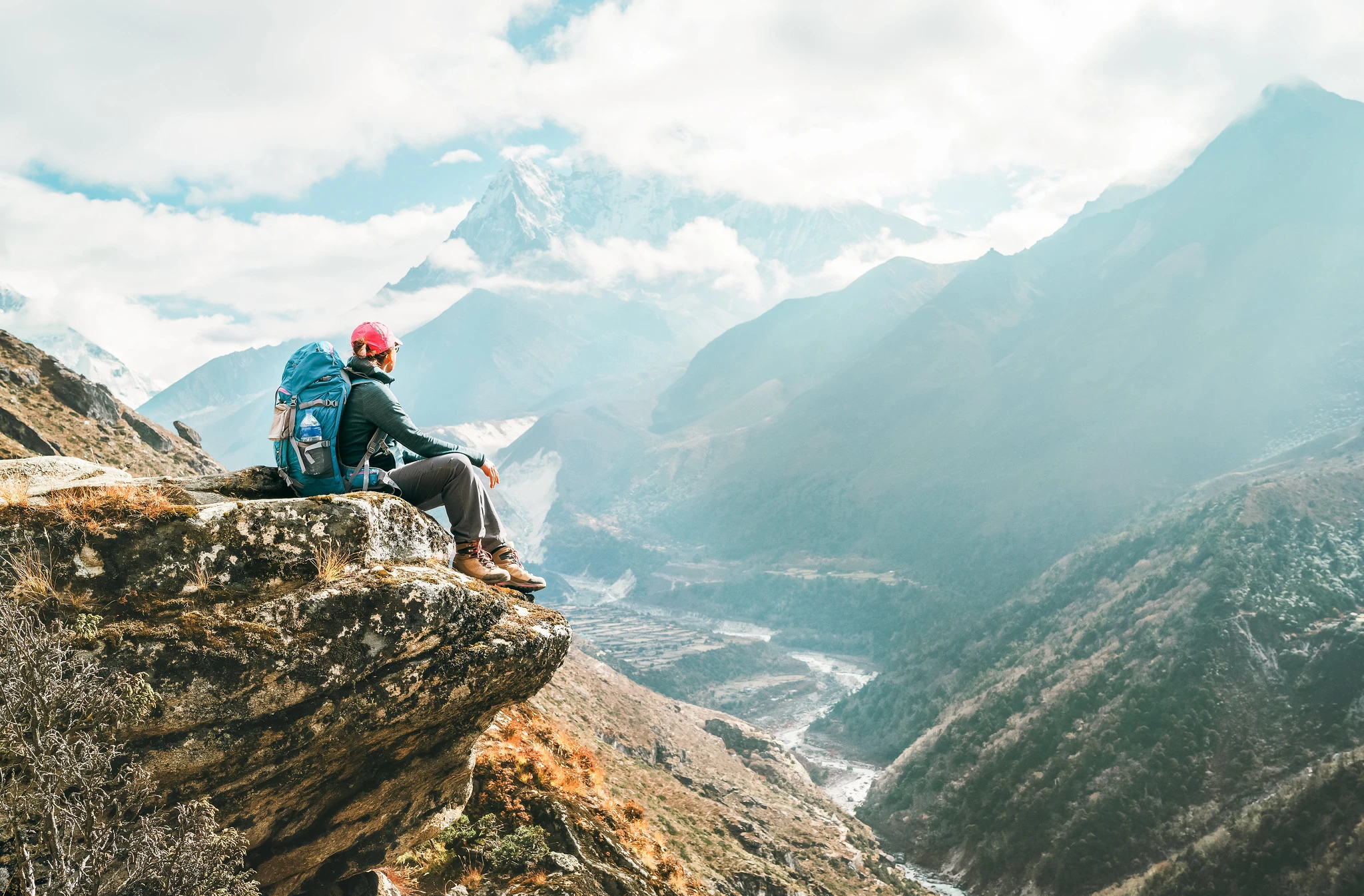Water Around The World: The Current Global Water Crisis Across Each Continent
By Tyler Ventura
Water—a substance that covers 71% of the planet’s surface and is humanity’s most precious resource. With the world depending on water, the water crisis is anything but a localized event. To better understand the effects and scale of the situation, it’s important to break down the crisis by continent.
Asia

Home to around 60% of the world’s population, Asia is by far the biggest continent on the planet. However, due to the disaster-prone nature of the Asia Pacific, droughts, floods, and landslides are common to the region, each of them chipping away at the land and impacting water security.
As record-breaking temperatures sweep across Asia, heat waves have been lasting for prolonged periods, some up to over two months. This advent of warmer weather expedites the evaporation process of surface water, drying up precious freshwater sources and soil. A large part of Asia’s water crisis is characterized by scarcity.
As of last year alone, the longest river in Asia, the 3,915-mile Yangtze River, not only hit new low levels, but also completely dried up in certain areas. For reference, according to a 2020 research report, the “lower reaches of the Yangtze River provide 80–100% of the drinking water for economically developed and densely populated regions like Jiangsu and Shanghai,” with the two provinces numbering a combined total of over 100 million residents.
Flooding harms water sources by way of pollution, another major issue that Asia is trying to combat. Because floodwater carries sewage and other pollutants with it, the worse the flooding, the more contaminants spread into other water supplies. Landslides triggered by monsoonal rainfall and earthquake activity also contribute to contamination in a similar vein. The Lowy Institute, an independent think tank, estimates that around 80%-90% of groundwater in China alone is unfit for consumption.
Even so, plans have been put in place to improve Asia’s water security. Notably, China released a national five-year plan to tackle significant water challenges by improving flood and drought prevention, water conservation and capacity, and protection of large lakes and rivers just last year.
Additionally, across South Asia, a multitude of rivers have been chosen as part of a project to battle water pollution. One such river, the Adi Ganga located in Kolkata, the cultural capital of India, includes the building of a sewage treatment plant alongside a slew of other sustainable options for its project. The revival of the practically dead river is also expected to aid with the natural drainage of the area, resulting in less flooding.
Africa

Africa’s populace of well over a billion is second only to Asia, with its number of citizens continuing to grow exponentially. However, the region suffers from extreme water scarcity, with one in every three inhabitants impacted by a lack of water, a statistic that will only get more dire as urbanization increases.
When water can be obtained, therein lies another issue entirely, one of sanitation and hygiene. Having few other options, many people are forced to drink contaminated water; this in combination with a lack of available basic sanitation and hygiene leads to a rampant spread of diseases such as cholera, typhoid fever, and dysentery. Cholera is especially prevalent in sub-Saharan Africa, with a 2022 research study polling 22.55% of their countries’ households practicing open defecation. Cholera bacteria spreads through the consumption of water contaminated by feces, resulting in sickness. As of this March, 6 out of 10 African children have dealt with the effects of cholera outbreaks, with nearly 80,000 cases and 1,863 recorded total deaths last year.
The combined aid efforts of governments along with international organizations have been driving forces in tackling Africa’s unique water crisis. A 2014 report detailed that around $133.7 billion in the forms of official aid, grants, private sector loans, remittances, and more is given to Africa each year.
The continent is also helping itself, adopting new techniques and strategies for conserving water as well as planning for sanitation methods. This March, the United Nations Water Conference saw the African countries of Ethiopia, Ghana, Liberia, Uganda, and Zimbabwe pledge to improve their respective water sanitation and general hygiene.
Australia

Being the driest continent, consisting mainly of desert and semi-arid areas, Australia’s infrastructure is heavily reliant on water, which accounts for roughly ¾ of its total use there. Unfortunately, with recent climate change that same dry climate has only gotten drier, giving way to longer periods of extreme temperatures and increased risk of bushfires, both of which can greatly threaten water supplies.
Bushfire pollution can be detrimental to water sources because of the high amounts of ash and charcoal in sediment runoff that can go into rivers, dams, and the sea. Alongside other contaminants, particulate carbon, salts, nutrients, and trace metals are all found in ash, which pollute water and kill aquatic life. On top of this, many drinking water catchments are located in national parks and state forests, which if caught on fire can cause entire supplies to be lost.
In turn, Australia is pivoting to desalination and water-saving technologies to save water. Their mainland states have invested in desalination plants, which individually can produce up to 674 gigaliters of freshwater, with Sydney’s plant predicted to make up 15% of the city’s total drinking water after being recently switched on in January.
Indirect potable reuse, a process in which a small amount of treated wastewater is pumped into shallow aqua filters, allows for the storing and augmentation of freshwater with the treated wastewater. This successfully allows for a lessening of the aqua filter’s draining rates. The extraction of the air’s moisture through hydro panels is estimated to be effective enough to sustain an entire family off of only three panels.
On the water-saving side, home interiors are designed for water efficiency, with showerheads, sinks, dishwashers, and other products using less to do more.
Antarctica
Colossal and cold, the continent of Antarctica is covered by the Antarctic ice sheet, one of two polar ice caps in the world. Covering a staggering 98% of the Antarctic, the 7.2 million cubic mile-long ice mass accommodates around 70% of the planet’s total freshwater. On top of climate change, pollution has begun being a greater detriment to Antarctic waters.
As recently as last year, microplastics were found in fresh Antarctic snow. Predicted to have originated from nearby research stations, the microscopic eroded plastic materials were found to contain an average of 29 particles per liter of melted snow. Acting as a transport vector, microplastics accumulate nearby pollutants such as polycyclic aromatic hydrocarbons, heavy metals, and antibiotics. The high-density ocean waters from the Antarctic flow northward toward deep parts of the Southern, Indian, Pacific, and Atlantic Oceans, bringing along microplastic pollutants.
Combating those pollutants, the Princess Elisabeth Antarctica Station not only is a zero-emission base powered by wind and solar energy, but it also features an advanced water treatment system. Through bioreactors and active-carbon treatment, along with UV treatment and pH correction, the station can remove compounds and break down microorganisms from wastewater, creating sterilized drinking water.
Antarctic icebergs have also been discussed for use in reducing water scarcity. Though just an idea, scientific reports have looked at the possibility of towing the icebergs wherein the freshwater from them could alleviate water-stressed areas.

Europe
As groundwater shortages become increasingly dire in Europe, ongoing conflicts and tensions have arisen from their lack of water. Over the past five years, groundwater has been stagnantly low due to persistent and prolonged droughts, especially so with last winter’s historically rough drought.
Protests in Spain have already broken out, pitting farmers against ecologists as disputes about the rerouting of irrigation water occur. Spain’s prime minister, Pedro Sánchez, predicted to lawmakers that the discussion surrounding the drought is “…going to be one of the central political and territorial debates of [Spain] over the coming years”. Villagers in France have also had skirmishes against police officials, in response to their government attempting to halt construction of farmer’s water reservoirs.
The European Commission has taken measures to regulate, reduce, and ban harmful pollutants, trying to keep water clean from toxic chemicals. Additionally, this September, Parliament will convene and hear a report on surface water and groundwater pollutants, which includes a proposal for “establishing a framework for Community action in the field of water policy, Directive 2006/118/EC on the protection of groundwater against pollution and deterioration and Directive 2008/105/EC on environmental quality standards in the field of water policy.”

On top of that, regions like Germany have begun using ozone treatment at wastewater treatment plants to further break down pollutants.
North America
Despite its reputation as an international powerhouse, North America is slowly running out of water, with predictions stating that by 2071 half of consumers’ monthly water needs will be unable to be met.
As it currently stands, the average American uses between 80-100 gallons of water daily, with a majority of use related to indoor housing. Utilities such as bathing, showering, flushing the toilet, washing a load of laundry, or putting on a dishwasher cycle are the biggest guzzlers of domestic water usage.
In the grand scheme though, industry use of water vastly outnumber domestic use, with an estimated over 18 billion gallons of water withdrawn directly daily. Fruit and vegetable farming, animal agriculture, textiles, automotive, paint, and beverage industries are some of the most water-intensive within the United States. This need for massive continual amounts of water, coupled with the moderate to extreme drought conditions across the lower South and Midwest, only puts further pressure on current water supplies.
Government-funded projects are attempting to aid in water conservation, with the Biden-Harris administration announcing in April that over $140 million would go towards these efforts. Across 15 western states, a total of 84 projects have been funded to more efficiently deliver water through current drought conditions. The locally-led projects range from infrastructure investment to advanced water purification and reuse techniques, all of which are expected to conserve around 77 billion gallons of water once completed.
South America

Latin America, which refers to the entirety of the South America continent in addition to countries south of the United States, is home to around 30% of the world’s freshwater. Despite this fact, a combination of mismanagement, pollution, dry spells, and exploitation have plummeted the region into serious water scarcity.
Poor waste management has been attributed as a key factor in the growing contamination of freshwater sources, with waste from Latin American cities ending up in either open dumps or the environment. From that point forward the pollution eventually goes on to seep into water supplies. For children there, drinking from polluted water is one of the leading causes of illness and death.
2019 signaled the start of an exhaustive dry spell within central-southern South America that continues to persist. Industry has also taken a major blow from this, with hydropower accounting for 45% of the region’s total electrical supply. This lack of available energy has manifested into demands for further use of fossil fuels. Latin America represents the water crisis from a multitude of different angles- scarcity, pollution, mismanagement, etc.
With this past February came the approval of the Regional Water Action Agenda by Latin American and Caribbean representatives. The Agenda focused on a tetralogy of action pillars, which were “i) guaranteeing the human right to safely managed drinking water and sanitation through a big investment push in the sector, leaving no one behind; ii) promoting regulatory changes to facilitate equitable and affordable access, and thereby eradicate water poverty, using innovative instruments including social rates; iii) reverse the growing negative externalities associated with pollution, overexploitation and socio-environmental conflicts by promoting oversight and regulation; and iv) moving from linear to circular management to reduce pressure on water resources, establishing a trend to decouple extraction from Gross Domestic Product.”
Around this same time saw the launch of the Regional Network and Observatory for Water Sustainability (ROSA) in Latin America and the Caribbean. The project is expected to bring “capacity building through information exchange and adoption of sustainable and inclusive water” and “enhanced technical capacities of selected countries in the region to collect and use SDG 6 indicators to strengthen evidence-based water policies” by 2026.
Humanity’s Crisis
Though the unique challenges of each continent differ, the water crisis impacts us all. Climate change, the main culprit throughout the world, will only grow worse with time, in turn causing the crisis to do the same. Staying informed, volunteering time to help fight back, raising awareness, contributing to water-saving practices, and getting involved with local government are all valid methods to aiding in the water crisis on an individual level. It’s imperative to act, not just for personal sake, but for the sake of the Earth and everyone on it.
On this page
Have a story to share in the world of water, sanitation, and hygiene? Connect with our media team today!
Share Your Story




